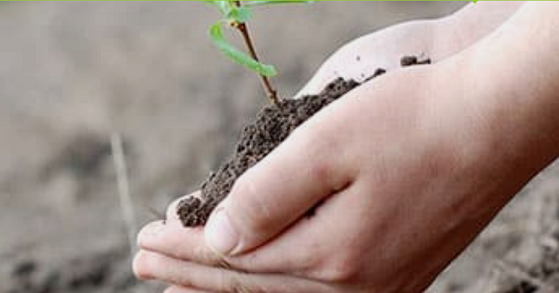
In today’s complex business landscape, seeking assistance from consultants has become a common practice for organizations striving to achieve their goals efficiently. Whether it’s for strategy development, process optimization, or specialized expertise, choosing the right consultant can significantly impact the success of a project or initiative. However, with countless Consultants offering their services, selecting the most suitable one can be a daunting task. To aid in this process, here are four proven tips to help you select a consultant who aligns with your needs and objectives:
- Define Your Objectives Clearly: Before embarking on the search for a consultant, it’s crucial to have a clear understanding of your objectives and what you aim to achieve through their expertise. Whether you’re looking to streamline operations, enhance marketing efforts, or implement new technologies, defining your goals will not only guide your consultant selection process but also ensure that you find someone with the right skill set and experience to address your specific needs. Take the time to outline key deliverables, timelines, and expected outcomes, as this will serve as a roadmap for both you and the consultant throughout the engagement.
- Assess Relevant Experience and Expertise: When evaluating potential consultants, it’s essential to assess their relevant experience and expertise in your industry or specific area of focus. Look for consultants who have a proven track record of success in tackling challenges similar to yours and achieving measurable results. Request case studies, client references, or portfolios that demonstrate their past projects and outcomes. Additionally, consider the depth of their subject matter knowledge and whether they possess any specialized certifications or qualifications relevant to your needs. By choosing a consultant with the right experience and expertise, you can leverage their insights and best practices to drive meaningful change within your organization.
- Evaluate Communication and Collaboration Skills: Effective communication and collaboration are paramount to the success of any consulting engagement. When selecting a consultant, pay close attention to their communication style, responsiveness, and ability to articulate complex concepts clearly. A consultant who actively listens to your concerns, asks insightful questions, and communicates transparently throughout the process will foster a more productive and collaborative working relationship. Furthermore, assess their ability to work seamlessly with your internal teams and stakeholders, as successful consulting engagements often require close collaboration and alignment across multiple parties. Look for consultants who demonstrate strong interpersonal skills and a collaborative mindset, as these qualities can enhance the overall effectiveness of the engagement.
- Consider Cultural Fit and Values Alignment: Beyond skills and expertise, it’s essential to consider the cultural fit and values alignment when selecting a consultant. Look for individuals or firms whose values align with your organization’s culture, mission, and ethics. Consider factors such as work ethic, integrity, and commitment to delivering value-driven solutions. A consultant who shares your organization’s values is more likely to understand your unique challenges, adapt to your company culture, and integrate seamlessly into your team. Additionally, assess their flexibility and willingness to tailor their approach to meet your specific needs and preferences. By prioritizing cultural fit and values alignment, you can establish a strong foundation for a successful and mutually beneficial consulting partnership.
Selecting the Right Consultant is a critical decision that can significantly impact the success of your projects and initiatives. By following these four proven tips—defining your objectives clearly, assessing relevant experience and expertise, evaluating communication and collaboration skills, and considering cultural fit and values alignment—you can identify a consultant who not only possesses the necessary skills and knowledge but also aligns with your organization’s goals and values. By investing time and effort in the selection process, you can set the stage for a successful consulting engagement that drives tangible results and creates long-term value for your organization.





